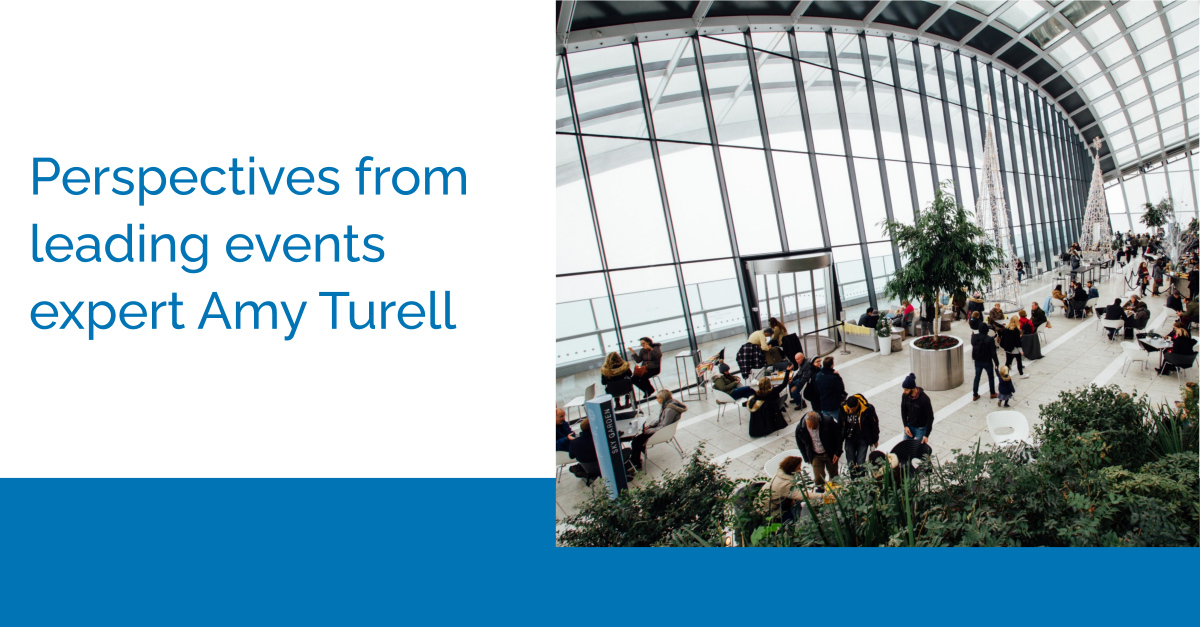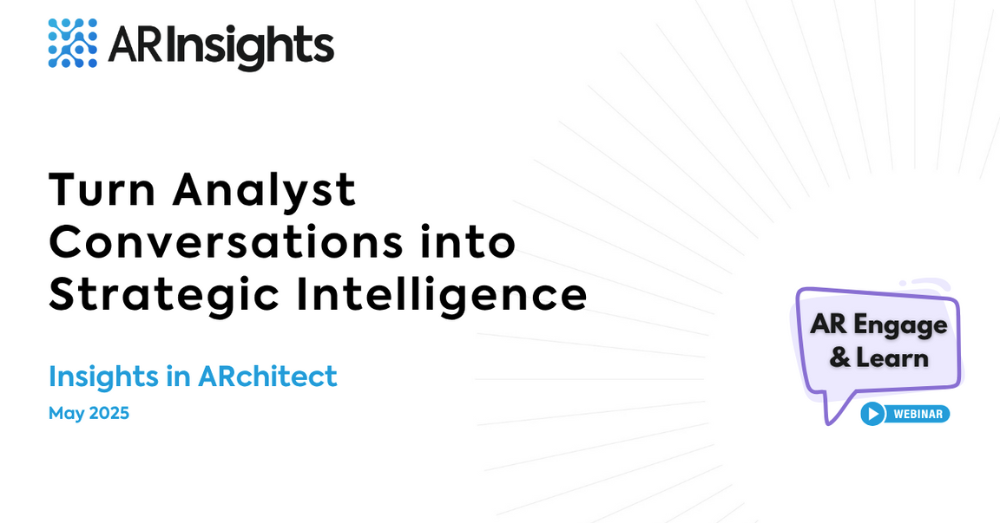In many of our analyst relations “Open Sessions” – where we invite AR practitioners to connect with peers and share what’s on their minds – events are a hot topic.
Questions arise such as: How can companies today make the most out of analyst firms’ virtual conferences? How can our company host a virtual analyst event? Which platforms are best-suited to our needs? How do we define successful events in today’s climate? And when the world starts to “go back to normal,” what will analyst events look like?
The pandemic has upended the notion of an event – not just for AR, of course, but for corporate events at large. And to help answer event questions (both AR-related and otherwise), we’re featuring the insights and perspective of events expert Amy Turell. Amy has planned successful global corporate events and user conferences for companies across industries – including Teradata, IDG, pharmaceutical companies and many more – and also served as an event consultant.
Click below to listen to the first part of ARInsights’ three-part series with Amy. We’ve also summarized some highlights below.
As Amy discusses, due to COVID and over the last year, we’ve seen:
- A rapid evolution in events, from in-person to virtual, and then from having more passive attendees (cameras off or cameras optional) to featuring interactive and engaging (cameras on) sessions. Organizations went from talking to (and at) people to talking with them.
- A focus on patience, flexibility and empathy as guiding principles in events and marketing communications.
- Event managers became virtual event SMEs. Traditionally tasked with planning and executing in-person events, event managers became go-to subject matter experts (SMEs) in virtual events, by necessity. Corporate leadership looked to event managers to translate their events (the vision, the objectives, the enthusiasm, etc.) to a virtual stage. Event professionals, in turn, sought to rapidly educate themselves on what’s involved.
- Event metrics were reevaluated. Many companies now focus on benchmarking questions related to return on investment, return on participation, return on operations and return on experience. (See a chart with more information about those metrics here.) These areas also tie into traditionally important measurements – related to brand awareness, attendee volume, engagement, pipeline, lead generation, and so on. We’re also seeing a marked focus on what attendees will gain from the event experience, along with what the company will get back from it.
We’re grateful to Amy for sharing her time and expertise. We’ll be featuring more of her insights in the coming weeks. Check back soon for Part 2: Creating an Event Roadmap.




